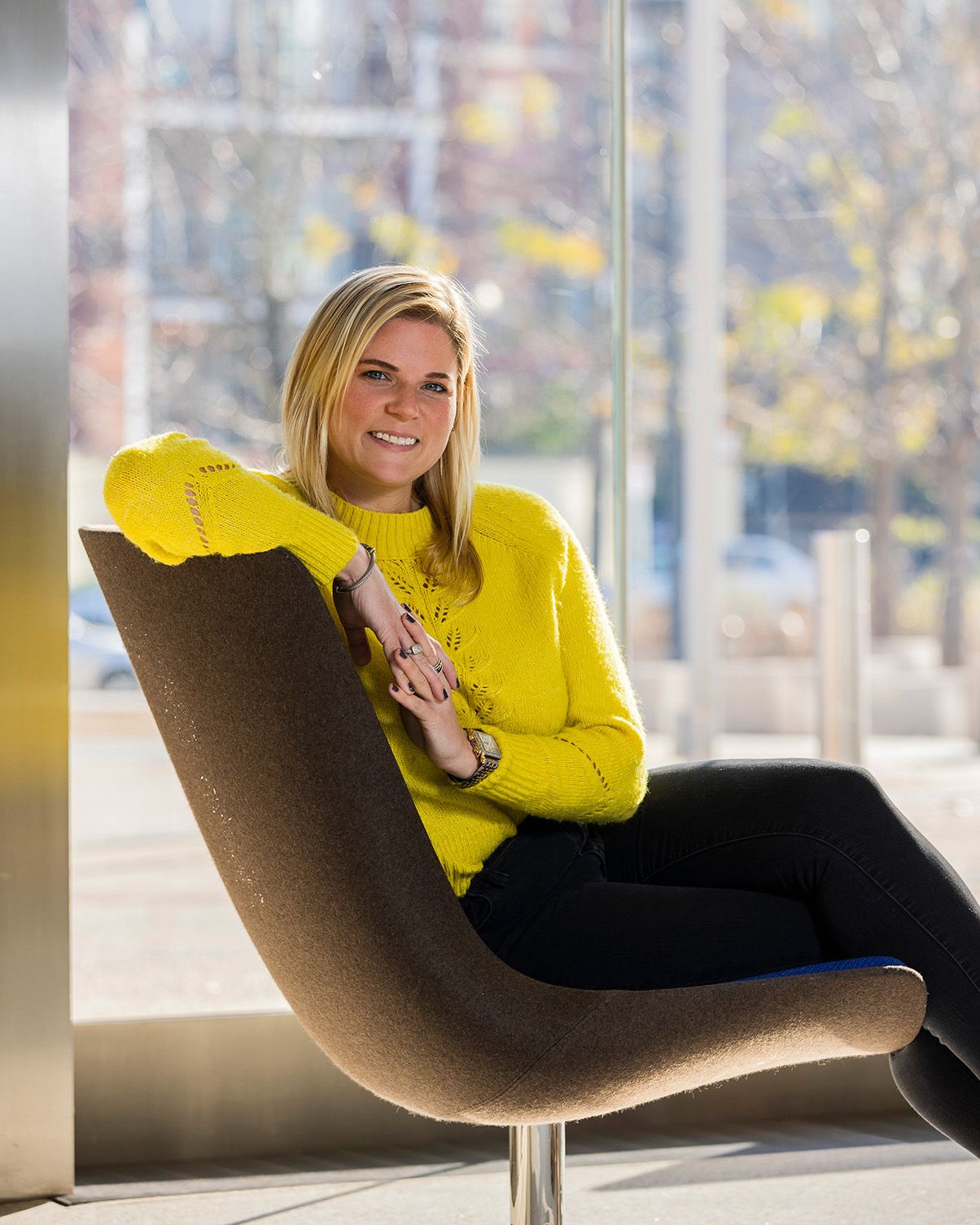Article
Focus on Yoga: Yoga and Cancer
While the medical community delves into the mysteries of cancer and its undoing, we cancer survivors need immediate and long-term health practices that might tip the scale in our favor of survival.
My new shoe caught an uneven sidewalk, and in slow motion, the ground was within reach. My yoga bags scattered their contents alongside the front yard I’d just been admiring. My ego was wounded more than my hand and knee, which got bumped and scraped. I gathered strewn contents of my yoga for healing class: “Healing Mudras," organic lavender, eye pillows, chimes and my pride. Just for a moment, I had been distracted by a newly coiffed front yard. My eyes gazed to the left, as I walked forward. Walking requires my full attention these days.
Falling is the biggest danger for the fifty-plus population. And there are roughly 10,000 people turning 65 each day, for the next 15 years.
Balance is key to maintaining health as we age. My balance is fairly challenged from late effects of chemotherapy, and chronic labyrinthitis. One of the best remedies for balance issues is the practice of yoga. Keeping focus is part of yoga practice — a prolonged practitioner shows growth in the area of the brain which relates to concentration. My error was losing concentration to momentary distraction. I use my eyes to compensate for my inner ear issues. I also follow a dietary regime to reduce inflammation in my sinuses and ears. Basically, I have very little milk products because they produce mucus and inflammation.
The practice of yoga is a multi-faceted health system which supports mind, body and spirit. In the West, we tend to fuse yoga with the physical practice of “asana” (body positions). Yoga is not only about stretching our bodies to maintain flexibility and strength, it is about stretching our minds and our spirits. The complexity of yoga makes it the perfect tool to aid cancer survivors. Cancer is not one thing, it is over a 100 different combinations of mutations. While the medical community delves into the mysteries of cancer and its undoing, we cancer survivors need immediate and long-term health practices that might tip the scale in our favor of survival.
This weekend, I will be attending a workshop for the Neuroendocrine Cancer Awareness Network. An invitation from Bob and Maryann Wahmann, tireless advocates, who asked me to speak about yoga's benefits for cancer survivors. I will use their mascot, a zebra, to pass out homemade eye pillows. During a late afternoon yoga session, I suspect a lot of people are going to fall asleep. Chronically tired caregivers, patients and health professionals need more sleep. Our subconscious never goes to ‘sleep’. They will hear me give instructions for diaphragmatic breathing, gentle movements and deep relaxation. I will be heard by everyone; albeit in different states of awareness.
Most of the people at cancer conferences have never done yoga before. I will become their first teacher. To me, this is a great honor and opportunity. I can tell about my own journey with cancer and the use of meditative yoga to enhance healing. We will immediately go into a practice together, because yoga is an experience we each interpret through our own body.
I can honestly relate my story of falling on an uneven sidewalk. It shows that in real life, even yoga teachers lose focus. I can share my passion for yoga and its role in my health. I’m not pursuing the perfect posture, but hope to live more consciously, adding the health benefits inherent in yoga.
Today’s Practice: Let’s try mindful walking! A Buddhist monk, Thich Nhat Hanh, brought us a simple and powerful practice called “mindfulness.” No matter where you are, or what you are doing, you bring your whole senses to the experience. When walking, we say to ourselves, “I am walking with my right leg. I am walking with my left leg.” Continue walking and internally repeating the pattern. Feel free to alter the simple sentences. Some people find, “I am walking in peace. I am releasing fear,” to bring a mindfulness meditation as well as a helpful emotional mind-body practice. Keep your head up, and cast your gaze about three feet in front of you.
*Author suggests you do not look at landscapes in unknown footpaths.





